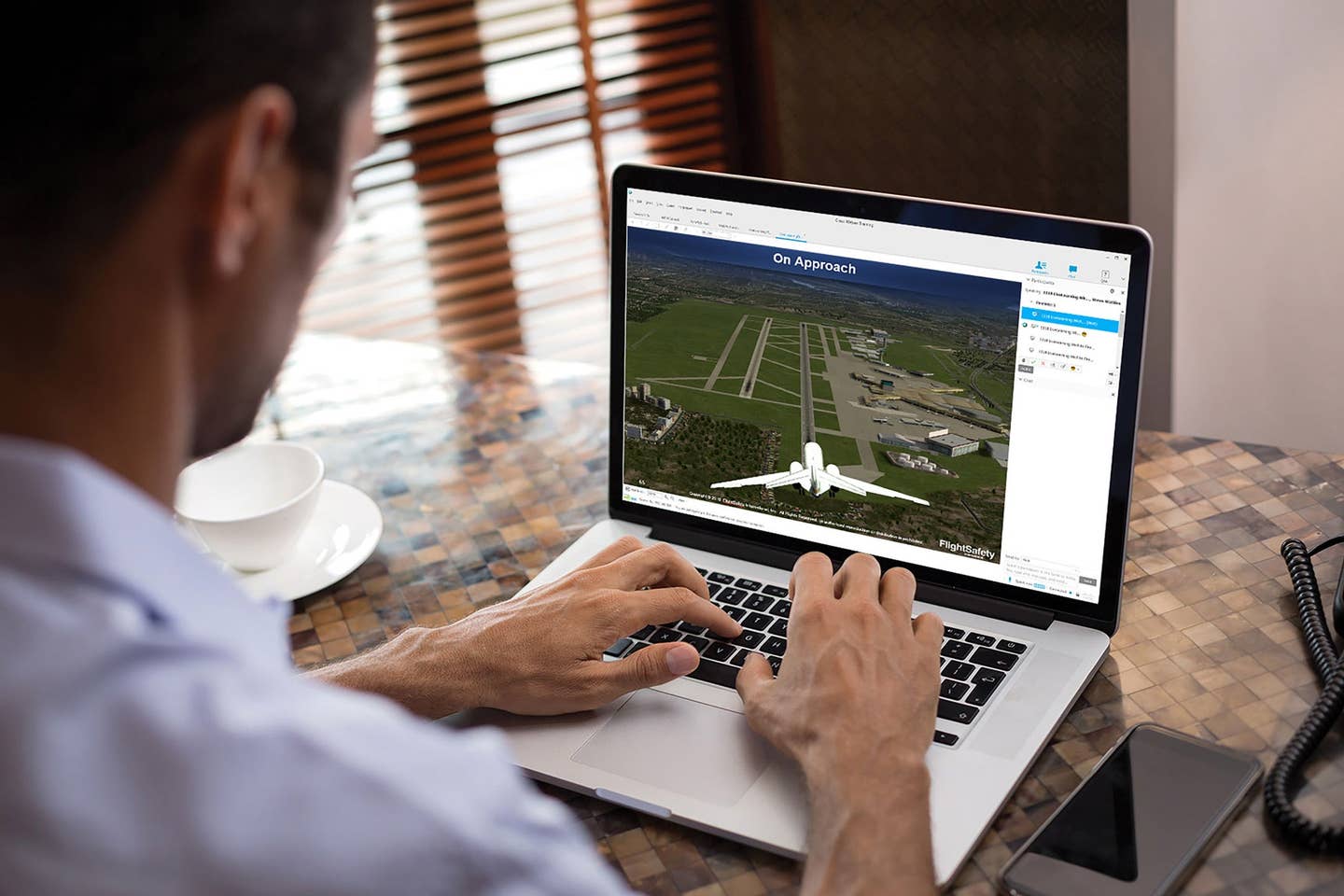
** To see more of Barry Ross’ aviation art, go
to barryrossart.com.**
A number of years ago, I attended an Aircraft Owners and Pilots Association flight-instructor refresher class as a newly licensed CFI-I. The instructor asked a roomful of about 60 CFIs if anyone had lost an engine and made a forced landing. I have never forgotten that day, when almost half the people in the room raised their hands. Surely this would never happen to me.
On a crisp, clear September morning in 2003, my wife dropped our three cats and me off at the Asheville, North Carolina, airport to fly home to Orlando. My wife much preferred driving 12 hours over flying with us in our A36 Bonanza for the 2:45 flight. I checked the weather, and other than Hurricane Isabel churning 300 miles off the coast of north Florida, skies were clear all the way to Orlando. I would learn later that morning why this was important.
The preflight routine and engine run-up complete, I was soon airborne IFR at 7,000 feet. As the flight progressed, Atlanta Center moved me to 8,000, and an hour out of Jacksonville they asked if I wanted 6,000 or 10,000. Since “higher is better,” I climbed.
Over Jacksonville, while I was thinking about the meeting I had scheduled that afternoon and all I was going to get done once I landed, my engine scan detected a serious problem. The oil pressure indicator showed 15 psi, well below redline. How long had it been there? I pulled the breaker and reset — no change. I banged on the indicator — no change. I searched the wings, the cowling and everywhere I could see for an oil leak. No oil was visible. The other engine instruments were in the green, and there were numerous airports south of Jacksonville. Those were my last thoughts.
As I watched the oil indicator, it pegged itself on zero. The engine quit and the propeller began windmilling. I immediately pitched to best glide speed, banked and headed toward the St. Augustine airport eight miles away. I called Jacksonville Approach and advised I had lost my engine. He asked those haunting questions: How many souls on board? How much fuel?
“Does he know something already that I don’t?” I thought. “Why in the world would I need fuel? My engine isn’t running!”
He cleared me direct to the airport and its beautiful 8,000-foot runway. I contacted the tower, and he cleared me to land on any runway. While descending, I pushed the power lever up several times to make sure the engine was not running and I was not dreaming.
I entered the left downwind to Runway 31 at a perfect 1,000 feet agl. “Let’s not go too far downwind, as it is all swamp and alligators,” I thought. I turned base, and just as I lowered the gear, the engine violently exploded. It rocked the airplane, filled the cockpit with smoke and covered the windshield with oil. I could see out the side of the windshield enough to land, roll out and turn off at a taxiway. I’ll never forget tower calling on my rollout and saying they observed smoke: “Roger, we confirm smoke.”
Exiting the airplane, I was greeted by an uncanny silence. I opened the cowling and saw that the engine had completely blown apart. I could see the pistons, connecting rods and the crankshafts of the No. 5 and No. 6 cylinders. Shrapnel was everywhere. The rubber fuel line feeding the transducer on top of the engine was blown over 90 degrees. What if the line had been cut instead of blown over? Lights out for sure.
After observing the damage, I knew that was it for the day. In fact, that was it for four months. We sent the engine back to the overhauler. He found that the No. 5 piston had split in half, pressurizing the crankcase and pumping oil overboard through the overflow tube. That is why I never saw any oil. It was going out underneath me. Not until it got to four quarts remaining did it show low oil pressure. Getting from there to empty did not take longer than three or four minutes.
The earlier request for 10,000 had proved fateful. The hurricane offshore was blowing 40-knot winds from the east, exactly the direction I had to go. Higher truly was better.
Friends called and asked about the experience, and not one person said how much they would have liked to have been along on the flight.
I guess now I get to raise my hand if the question about losing an engine ever comes up again. God truly was my copilot that day — I’m grateful to be alive.

Sign-up for newsletters & special offers!
Get the latest FLYING stories & special offers delivered directly to your inbox






